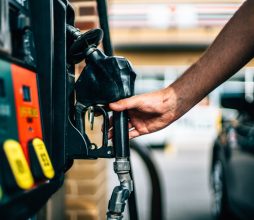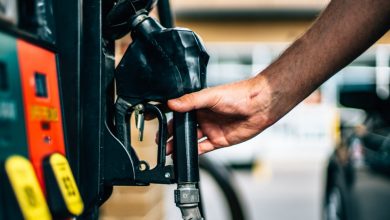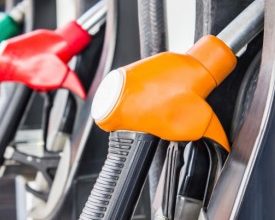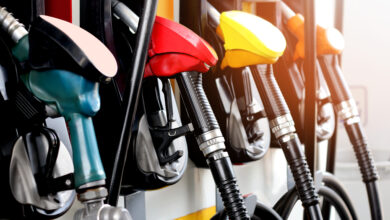AAA: Despite Hurricane & Record Holiday Travel, Gas Prices Barely Budge

The national average for a gallon of gas rose three cents to $3.54 from July 4. The slight nudge higher came despite Hurricane Beryl smacking into the coast of Texas, a record number of Fourth of July car travelers, and oil costs hovering above $80 per barrel.
“The damage from Beryl caused limited damage to Gulf Coast energy facilities,” said Andrew Gross, AAA spokesperson. “And while a record 60 million travelers were forecast to hit the highways for the July 4 holiday, the overall demand number for gasoline dropped. That is a rare feat for a holiday week and may point to a change in demand trends.”
According to new data from the Energy Information Administration (EIA), gas demand dipped from 9.42 million b/d to 9.39 last week. Meanwhile, total domestic gasoline stocks fell from 231.7 to 229.7 million barrels, while gasoline production increased last week, averaging 10.3 million barrels daily. Tepid gasoline demand and waffling oil costs may lead to some short-term stability in pump prices.
Thursday’s national average is $3.54, 10 cents more than a month ago and the same as a year ago.
Quick Stats
The nation’s top 10 most expensive markets are California ($4.78), Hawaii ($4.69), Washington ($4.28), Nevada ($4.04), Oregon ($4.02), Illinois ($3.89), Alaska ($3.87), Washington DC ($3.71), Pennsylvania ($3.69) and New York ($3.63).
The nation’s top 10 least expensive markets are Mississippi ($3.09), Arkansas ($3.07), Louisiana ($3.11), Tennessee ($3.13), Oklahoma ($3.15), Kansas ($3.16), Texas ($3.17), Missouri ($3.17), Alabama ($3.20) and Nebraska ($3.26).
Oil Market Dynamics
At the close of Wednesday, July 10’s formal trading session, WTI rose 69 cents to settle at $82.10 a barrel. The EIA reports that crude oil inventories decreased by 3.4 million barrels from the previous week. At 445.1 million barrels, U.S. crude oil inventories are about 4% below the five-year average for this time of year.



